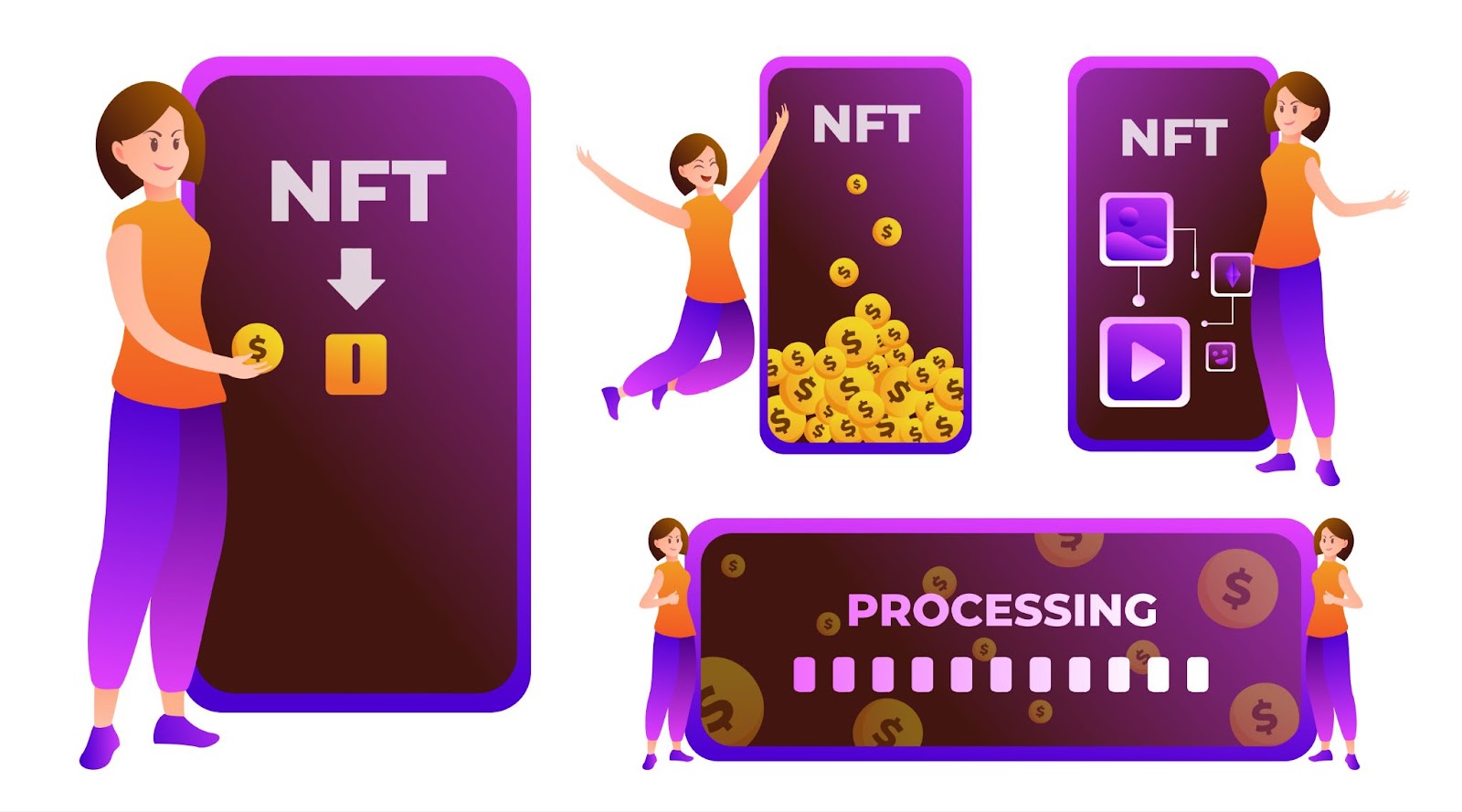Staking has become one of the most popular methods for cryptocurrency holders to earn passive income. With more blockchain networks adopting the Proof of Stake (PoS) mechanism, staking offers an accessible way for investors to grow their holdings without engaging in energy-intensive mining. But what exactly is staking, how does it work, and how can you profit from it? This guide will break down the essentials of staking and provide tips on how to maximize your earnings.
What Is Staking?
Staking is a process where cryptocurrency holders lock up their assets to support the operations of a blockchain network. Unlike mining, which requires powerful hardware and high energy consumption, staking is much more energy-efficient. It primarily applies to blockchains that use the Proof of Stake (PoS) consensus mechanism or its variations, like Delegated Proof of Stake (DPoS) or Liquid Proof of Stake (LPoS).
By staking their coins, participants contribute to the network’s security, transaction validation, and overall operation. In return, they receive staking rewards, typically in the form of additional tokens of the same cryptocurrency. These rewards can vary depending on the protocol, staking duration, and network performance. Additionally, staking can contribute to network stability and decentralization, making it an appealing option for those who wish to actively support blockchain projects.
How to Profit from Staking
To profit from staking, you need to make well-informed decisions based on several factors. First, it’s essential to choose a reliable staking platform. You can either stake directly through a blockchain’s native staking mechanism or via a staking platform like Binance, Coinbase, or decentralized services like Lido and Rocket Pool. Not all cryptocurrencies support staking, so you should carefully select which coins to stake and research their potential rewards.
Once you have chosen your staking platform and cryptocurrency, consider calculating potential returns using online staking calculators. Factors such as staking duration, annual percentage yield (APY), and network conditions will impact your earnings. Another useful strategy is reinvesting your staking rewards to benefit from compound growth over time.
It’s also important to diversify your staking portfolio. By spreading your assets across multiple networks or coins, you can mitigate potential risks related to market volatility or network-specific issues. Reinvestment strategies, such as compounding your staking rewards, can further enhance your profitability.
Risks of Staking
Although staking can be lucrative, it comes with certain risks. The value of your staked assets may fluctuate significantly due to market volatility. Additionally, some networks implement slashing penalties for validators who act maliciously or fail to maintain uptime. Furthermore, staking may require a lock-up period during which you cannot access or withdraw your assets. Finally, there is always a risk of technical issues or hacking incidents with poorly managed staking services.
Moreover, staking is not always a guaranteed profit-making mechanism. Changes in network protocols, unexpected market crashes, or even governance decisions made by decentralized organizations can affect your earnings. Therefore, staying informed and carefully evaluating the risks is essential.
Expert Tips for Successful Staking

Achieving success in staking requires more than just locking up your assets and waiting for rewards. A strategic approach, thorough research, and consistent monitoring are essential to maximize your staking profits. Here are some practical tips to guide you:
- Research Thoroughly: Always investigate the project’s background, staking mechanism, and potential rewards before staking your assets.
- Stay Updated: Keep track of network updates that may affect staking rules and reward rates.
- Use Reputable Platforms: Choose well-established platforms with strong security measures to minimize risk.
- Monitor Your Staking Progress: Regularly check your staking status and be prepared to adjust your strategy when necessary.
Additionally, consider using hardware wallets for added security, especially when dealing with large amounts of cryptocurrency. Monitoring your staking activity through reliable analytics tools can also provide valuable insights to improve your strategy.
Conclusion
Staking is an excellent way for crypto investors to earn passive income while supporting blockchain networks. By carefully choosing your staking strategy, researching projects, and managing risks, you can turn staking into a profitable venture. Whether you are a beginner or a seasoned investor, the key to success lies in being informed and proactive.
Overall, staking offers a promising opportunity for those willing to commit their assets and follow a disciplined approach. As blockchain technology continues to evolve, staking is likely to remain a popular choice for investors seeking to grow their portfolios.




